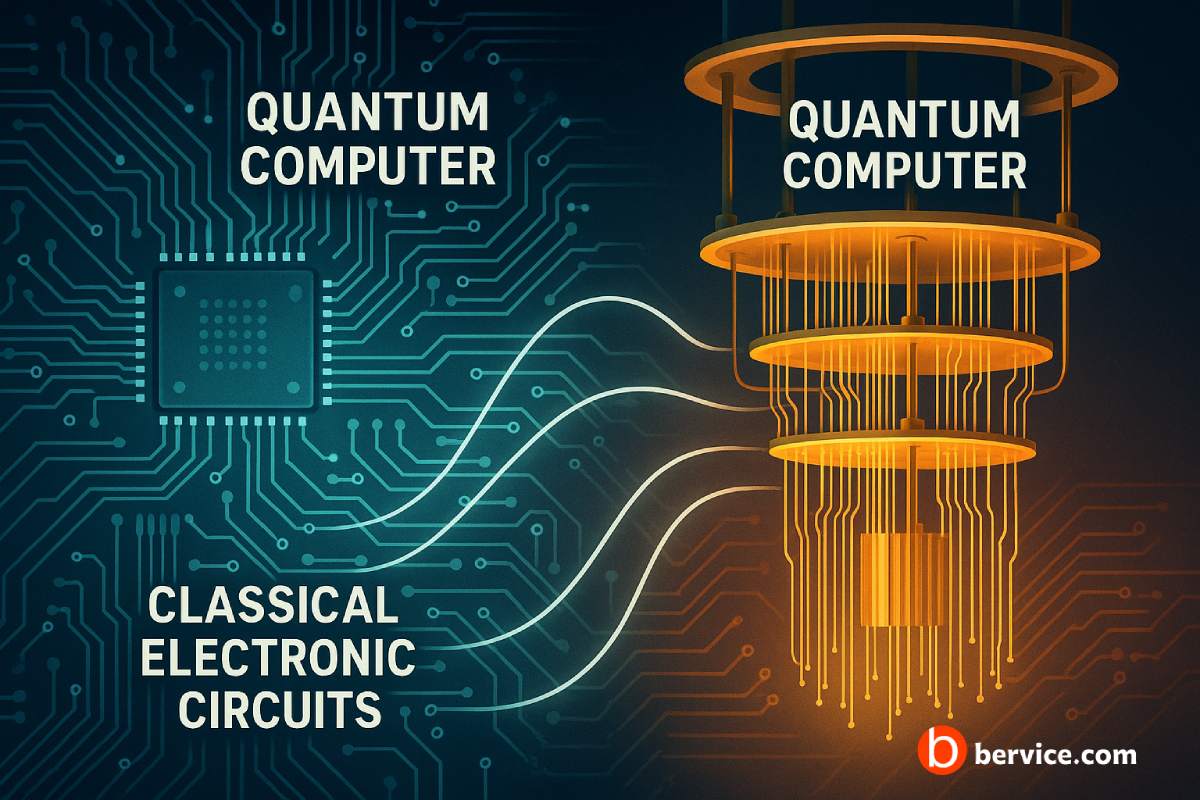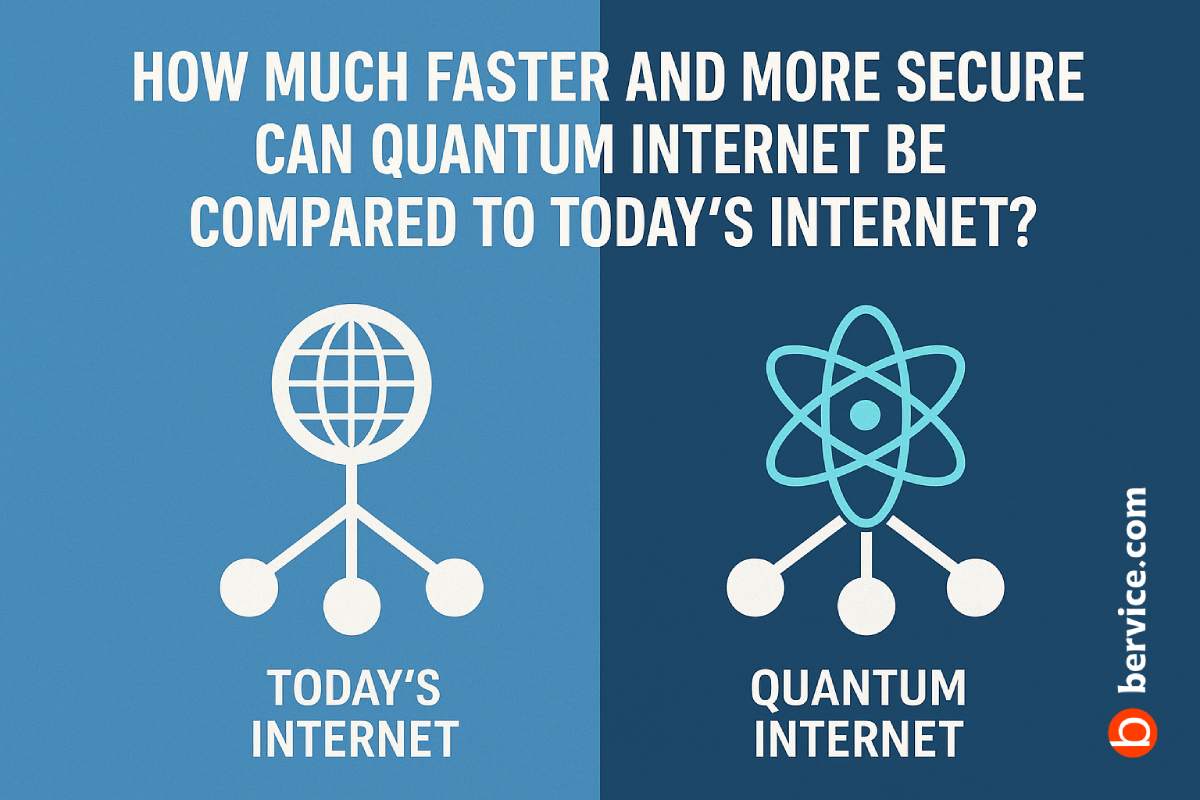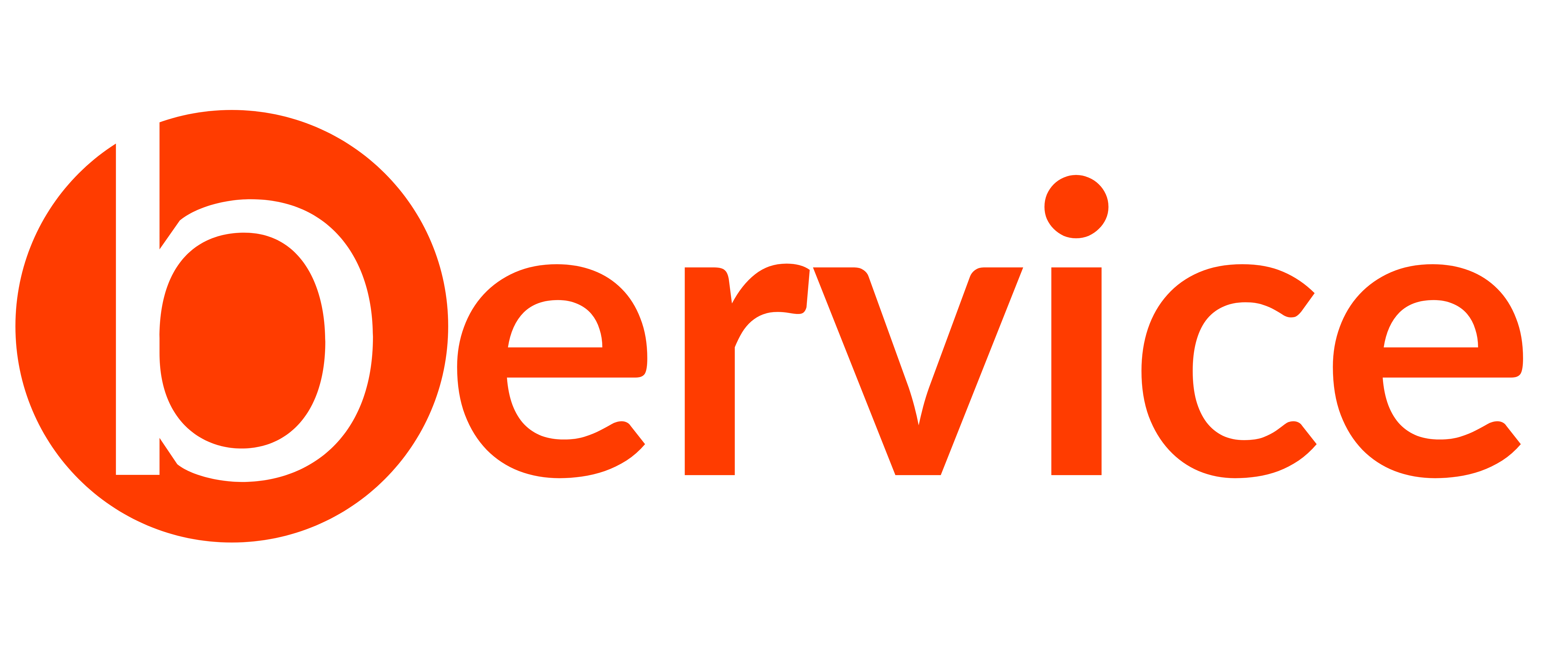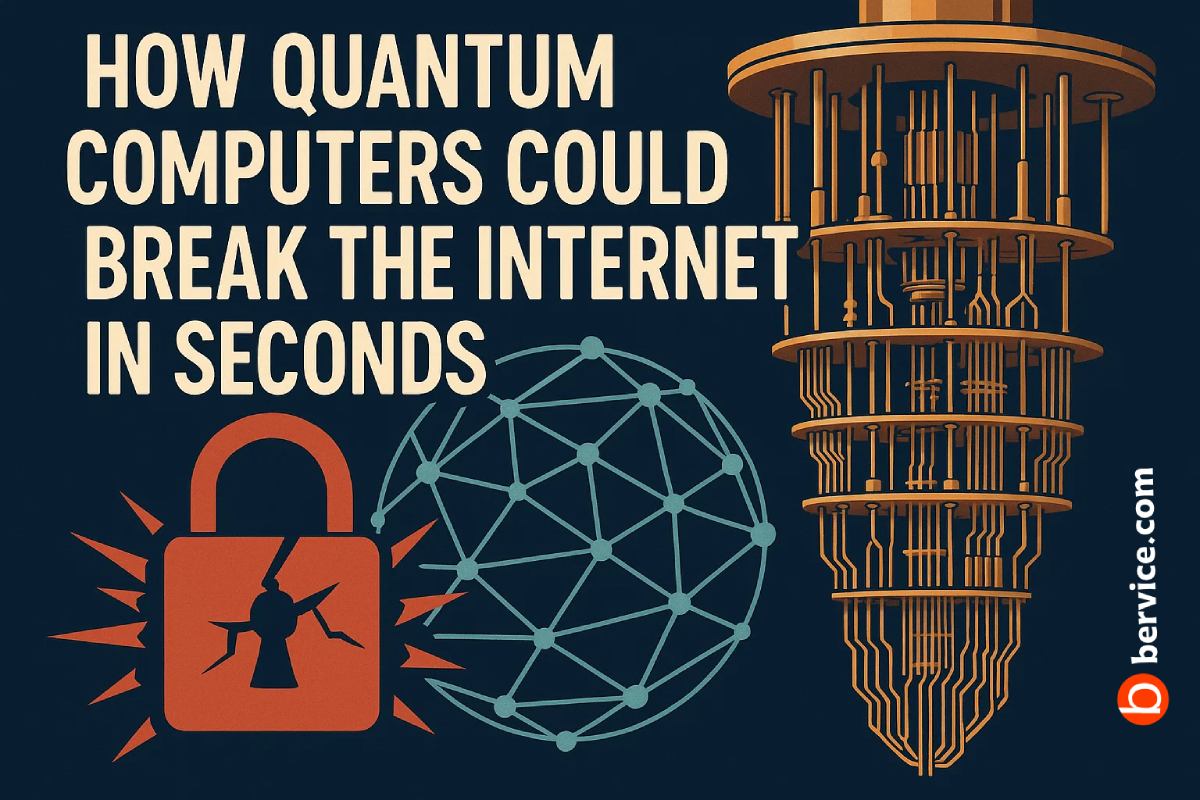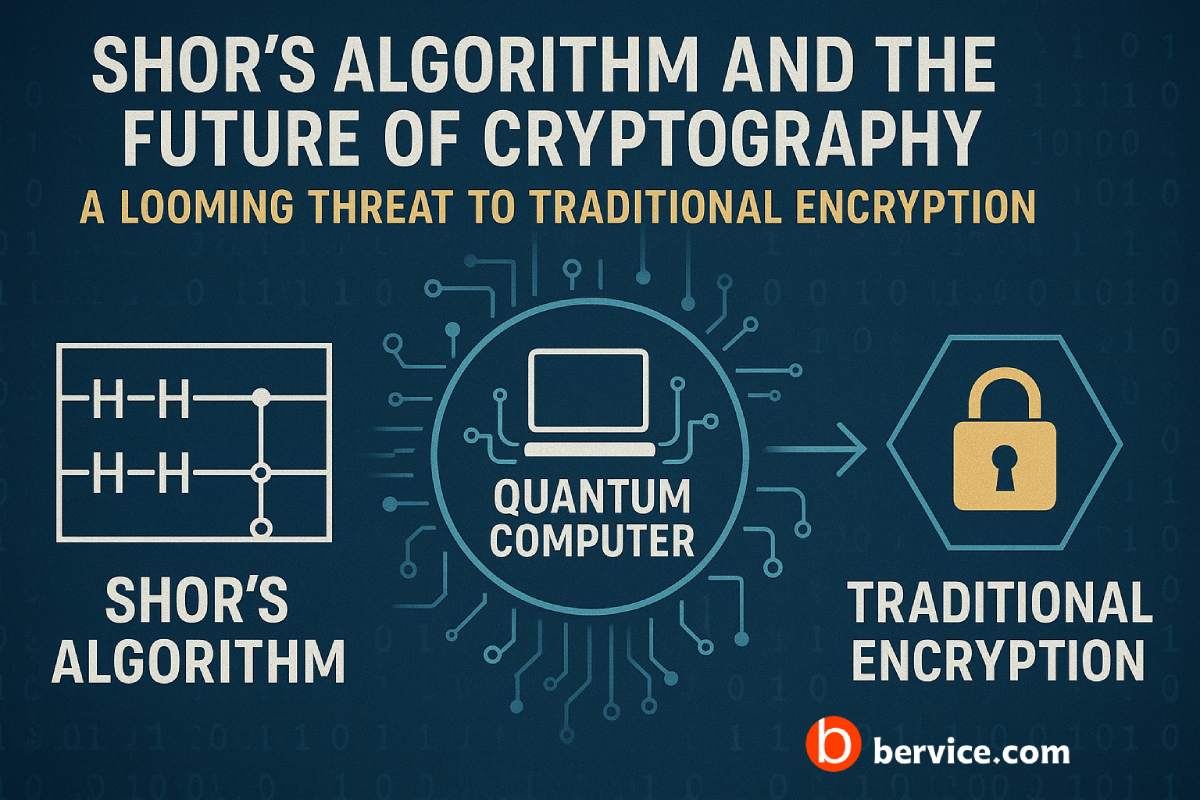
Introduction
In the realm of modern cryptography, the security of most systems hinges on the difficulty of certain mathematical problems. RSA, ECC, and DH key exchange — pillars of today’s secure communication — all rely on the computational limits of classical computers. But with the rise of quantum computing, particularly the advent of Shor’s algorithm, this foundation faces an existential threat.
Developed in 1994 by mathematician Peter Shor, this quantum algorithm has the power to break widely used public-key encryption schemes — not just in theory, but eventually in practice. As quantum hardware advances, the timeline for this disruption continues to shrink.
What Is Shor’s Algorithm?
Shor’s algorithm is a quantum algorithm designed to factor large integers and compute discrete logarithms exponentially faster than any known classical algorithm. These problems are the cornerstone of many cryptographic protocols.
🧠 Core Capabilities:
- Integer Factorization: Given a large number N, Shor’s algorithm can find its prime factors in polynomial time — unlike classical algorithms like the General Number Field Sieve, which work in sub-exponential time.
- Discrete Logarithm Problem: The algorithm can also compute discrete logarithms efficiently, threatening cryptosystems like ECC (Elliptic Curve Cryptography) and Diffie–Hellman key exchange.
This quantum advantage emerges from leveraging quantum parallelism, modular arithmetic, and Quantum Fourier Transform (QFT) to solve problems faster than any classical approach could.
Why Is This a Cryptographic Threat?
Most current encryption systems fall into two categories:
- Symmetric encryption (e.g., AES)
- Asymmetric encryption (e.g., RSA, ECC, DH)
Shor’s algorithm primarily threatens asymmetric cryptography.
🔐 Cryptosystems at Risk:
| Cryptosystem | Depends On | Broken By Shor? |
|---|---|---|
| RSA | Integer factorization | ✅ Yes |
| ECC | Elliptic curve discrete logs | ✅ Yes |
| DH Key Exchange | Discrete logarithms | ✅ Yes |
| AES-256 (symmetric) | Key length & brute force | ❌ No* (Grover’s applies instead) |
*Note: Symmetric algorithms like AES can be weakened by Grover’s algorithm, but doubling the key size (e.g., from 128 to 256 bits) provides sufficient security against known quantum attacks.
Thus, once a sufficiently powerful quantum computer becomes operational, public-key encryption as we know it will be obsolete.
Quantum Threat Timeline
Although no current quantum computer can run Shor’s algorithm at the scale needed to crack RSA-2048, rapid progress is being made:
- IBM, Google, and IonQ are actively improving qubit counts and coherence times.
- The NSA and NIST have acknowledged the threat and are leading efforts in post-quantum cryptography (PQC) standardization.
Estimates suggest that a quantum computer with thousands of logical (error-corrected) qubits will be needed to break RSA-2048. While this may still be 10–20 years away, data harvested today can be decrypted tomorrow — a concept known as “store now, decrypt later.”
Mitigation: The Rise of Post-Quantum Cryptography
To prepare for the quantum era, researchers are developing quantum-resistant cryptographic algorithms. These are based on hard mathematical problems that are believed to be secure against both classical and quantum attacks, such as:
- Lattice-based cryptography (e.g., Kyber, Dilithium)
- Code-based cryptography
- Multivariate polynomial cryptography
- Hash-based signatures
In July 2022, NIST announced the first set of PQC algorithms to standardize, with final standards expected by 2024–2025. These will be critical for government, enterprise, and consumer security.
Conclusion: Prepare Before It’s Too Late
Shor’s algorithm is not merely a theoretical curiosity; it’s a clear and present danger to the security protocols that protect our digital world. From financial transactions to national secrets, the ability of a quantum computer running Shor’s algorithm to instantly break RSA or ECC would be catastrophic.
Migration to quantum-safe cryptography is not optional — it’s inevitable.
🔐 The future of secure communication depends on actions taken today.
Connect with us : https://linktr.ee/bervice

